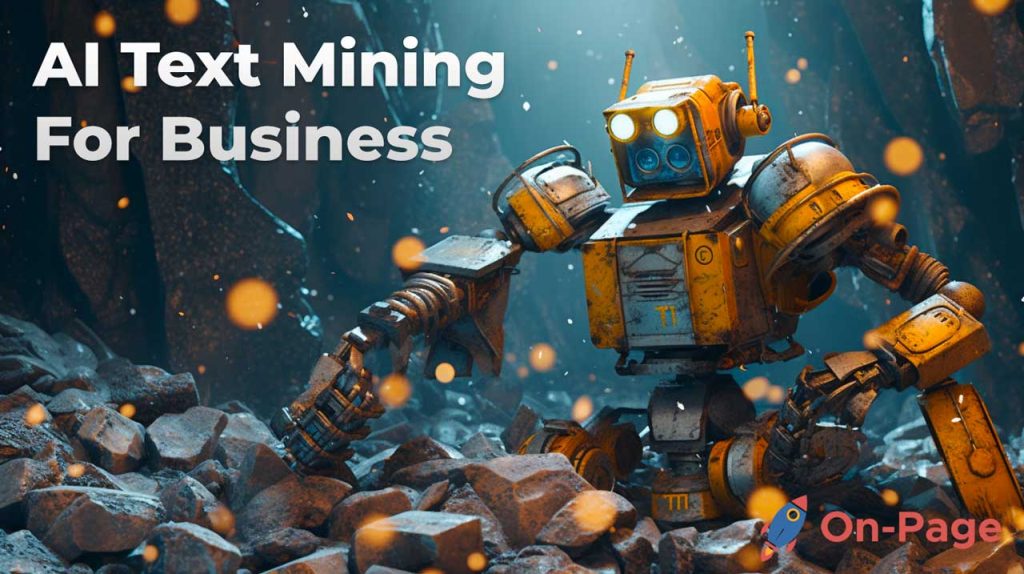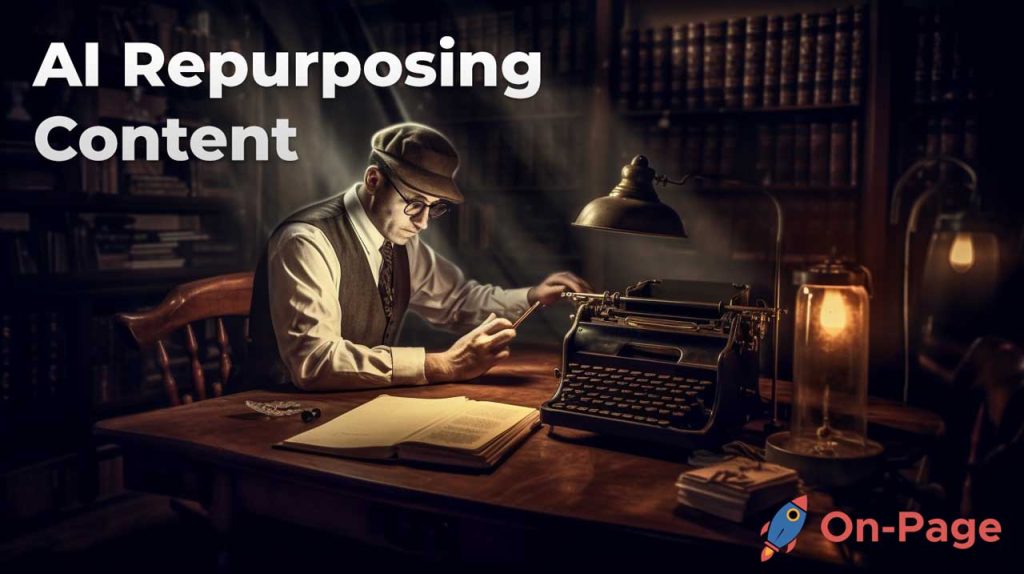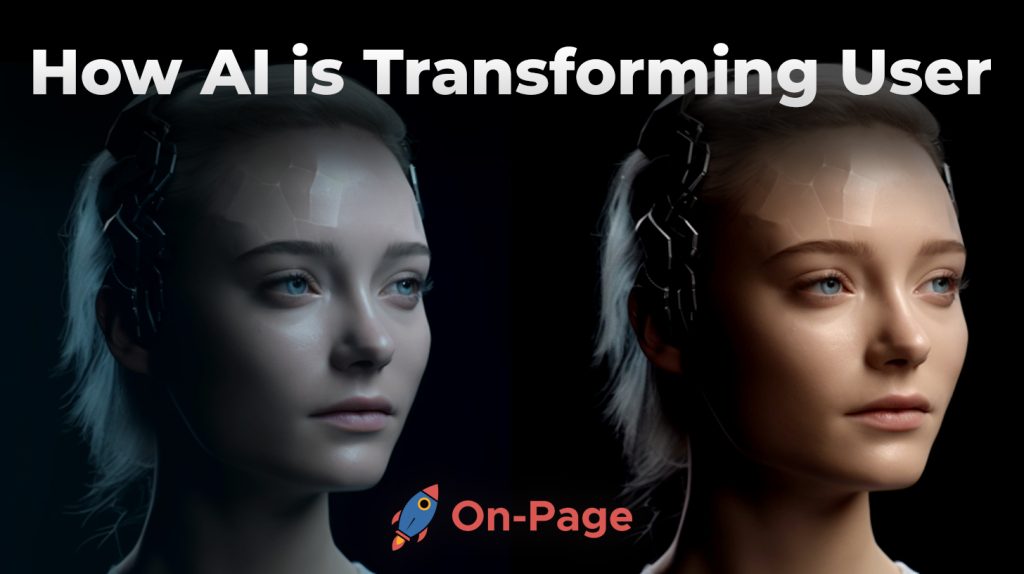Imagine a world where AI meets the creative flair of storytelling, unlocking endless possibilities to captivate your audience and connect with them in ways never seen before. This is no longer a dream – it’s reality. Welcome to the era of AI-driven narrative science for captivating storytelling, where cutting-edge technology synergizes with human creativity to deliver engaging stories that touch hearts and minds. Are you ready to revolutionize your content game with the help of Stealth Writer and unleash the power of AI-driven writing assistance? Dive in as we explore this ground-breaking blend of technology and artistry to elevate your storytelling skills to unparalleled heights!
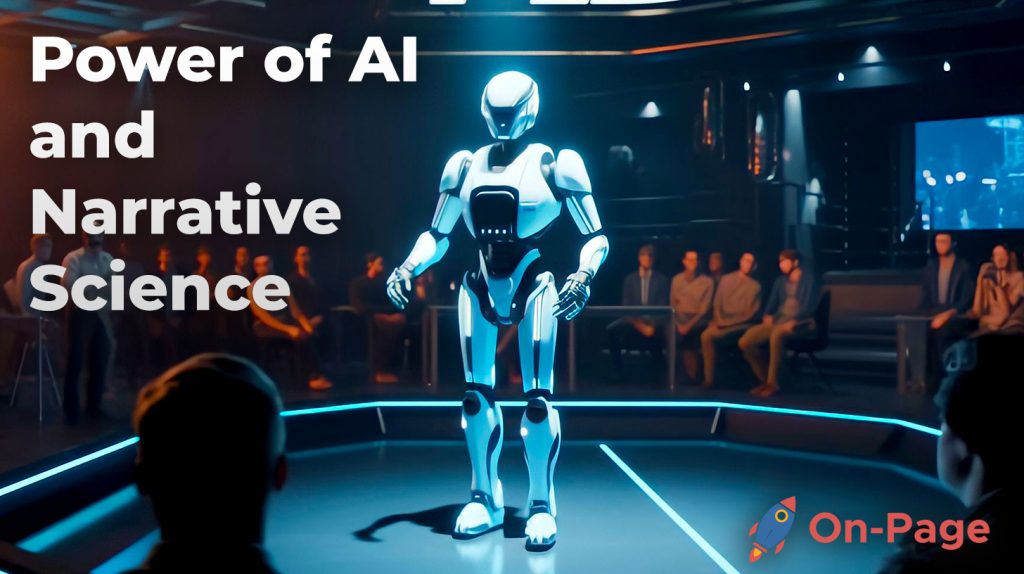
AI can be used in narrative science to transform data-based analysis into easy-to-understand narratives that can have a greater impact. Advanced natural language generation technology powered by AI can help organizations leverage data-driven insights via automatically written narratives. Additionally, using generative AI can also help improve the overall narrative experience through personalized storytelling and creating unique content at scale.
AI and Narrative Science in Storytelling
Artificial Intelligence (AI) and natural language generation (NLG) technologies have paved the way for an entirely new approach to storytelling. Businesses are now able to create high-quality content at scale, tailor-made to specific audiences, thanks to these advanced technologies. As a writer, you can achieve compelling stories with emotionally resonant and informative content by integrating AI with narrative science.
Anecdotal evidence suggests that around 60% of marketers and content creators struggle with creating engaging content that speaks directly to their audience. This is why the integration of AI with narrative science has been gaining momentum over the years, as it provides a solution to this challenging problem. In addition, generating narratives using data analytics and machine learning reduces production costs, enhances efficiency, and improves scalability.
One example of the application of AI-driven story creation technology is Quill-Newsroom, which uses data analysis techniques combined with advanced NLG algorithms to produce written news stories in English. These stories contain valuable insights and draw data from multiple sources such as financial statements or social media channels. Human editors then assess them before publication. This significant innovation demonstrates how businesses are leveraging AI and narrative science technologies to transform storytelling into a highly personalized experience for customers.
According to Gartner’s Top 10 Strategic Technology Trends report published on October 20th, 2021, “AI will continue to be a pervasive component across all major digital transformation initiatives.” This trend shows how the use of AI technology is spreading throughout various businesses worldwide. At its core, AI-driven story creation uses machine learning models trained on vast datasets to generate narratives from unstructured data inputs like social media feeds or company reports.
AI helps identify trends more quickly than humans can while continuously improving story output through feedback loops that help refine model accuracy rates over time. As a result, businesses save valuable time when writing data-driven narratives, enabling timely decision-making.
Like solving a puzzle, AI and narrative science in storytelling can break down pieces of information from various sources and create new, cohesive stories that are unique, informative and engaging. When you have many disparate pieces of information to compose a story, integrating these different pieces into one coherent narrative becomes much simpler with the aid of AI and NLG.
As such, the next natural step is understanding how integrating AI with data analysis can also improve storytelling by gathering information on trends and creating compelling narratives for a more immersive storytelling experience. The following section will explore this further.
Integrating AI with Data Analysis
Businesses today face an unprecedented amount of data flowing in from various sources. Analyzing this data can be arduous for humans and requires considerable time and resources. However, by combining AI technology with data analysis techniques, businesses can generate valuable insights from colossal volumes of data instantaneously.

By encapsulating massive amounts of data in an easily digestible format, like written narratives or visualizations, organizations gain quick access to critical business intelligence. This insight provides companies with a distinct competitive advantage to identify new opportunities and trends quickly.
One company that leverages AI-driven storytelling to conduct data analysis is Narrative Science. Its platform uses natural language generation to create engaging visuals that quickly present important business insights drawn from voluminous datasets.
This technology provides powerful insights such as reports highlighting key trends or predictions about future events based on current analyses. By leveraging the power of machine learning algorithms combined with big data analytics capabilities, users can improve their decision-making processes more accurately than ever before.
Furthermore, Microsoft Power BI relies on advanced analytics technologies capable of analyzing vast amounts of information gathered from across disparate systems and applications. By incorporating this information into a single dashboard view, operations teams can quickly gain insights into business conditions while reducing manual labor costs.
AI technology provides businesses with an unprecedented advantage that results from its ability to process large amounts of data at high speeds and present it in a usable format. Today, the ability to create written narratives, dashboards, and visuals derived from real-time analytics has become an essential competitive advantage across industries.
In fact, according to Forbes, over 75% of prospects and customers expect companies to give personalized experiences based on their needs. As such, organizations must keep pace with such high demand for instant insight and personalization by integrating AI-powered applications into their data analysis systems.
While AI is undoubtedly an efficient way of analyzing data quickly and generating insights required for decision-making, there is still some skepticism about its accuracy levels. There are concerns that machine learning algorithms might produce incorrect or biased conclusions that impair business decision-making further down the line. However, most experts agree that machine learning algorithms’ reliability will improve significantly in time due to the vast amount of data collected by these technologies.
Generating Engaging Narratives
When it comes to storytelling, it’s not just about the data, but also how that data is presented. A well-crafted narrative can transform bland information into something captivating and memorable. With the help of AI and narrative science, generating engaging narratives has become easier than ever before.

One way in which AI is used to generate engaging narratives is through personalized recommendations. By analyzing user data, AI algorithms can identify patterns and preferences to recommend content that resonates with individual users. This approach has been widely adopted by streaming services like Netflix and Spotify, where AI suggests movies or songs based on a user’s viewing or listening history.
Another technique used in generating engaging narratives is sentiment analysis. By analyzing language patterns in social media posts or product reviews, AI can determine the emotional tone of a particular text. This information is then used to generate content that speaks to the user’s emotional state and preferences. Check out the Stealth Writer tool, the ultimate solution for effortless formatting and customization of your content. With its user-friendly interface and powerful features, you can create polished and professional content in no time, regardless of your level of expertise.
Use of generating engaging narratives
For example, an airline company could use sentiment analysis to analyze customer reviews of its first-class services. If a significant number of customers express disappointment with the catering, the airline could use this information to improve its menu and create promotional content that emphasizes the enhanced dining experience.
AI can also be used to create personalized stories for individual users. Using natural language processing (NLP) techniques, AI algorithms can stitch together a series of pre-written sentences or phrases to generate unique stories tailored to each user’s preferences.
In a recent study by Narrative Science, researchers found that readers rated computer-generated news articles as more informative and credible than those written by human journalists. This indicates that AI-generated content can be just as effective at storytelling as traditional methods.
Key Techniques in AI-Driven Storytelling
AI-Driven storytelling encompasses a range of techniques that are powered by artificial intelligence. Here are two key techniques in AI-driven storytelling.

Text Mining and Natural Language Processing (NLP) are pivotal technologies when it comes to AI-driven storytelling. Text mining involves analyzing large amounts of unstructured text data to identify patterns and themes. This technique is used to extract key insights from customer feedback, social media posts, and other textual sources.
For example, a car company could use text mining to analyze customer reviews of its latest vehicle model. By identifying common themes in the reviews, such as praise for fuel efficiency or criticism of the infotainment system, the company could adjust future models to address these concerns and create promotional content that highlights its strengths.
Meanwhile, NLP is used to analyze language structure and semantics. This technique is essential in generating natural-sounding language that mimics human speech. Among many other applications, it’s commonly used in chatbots for customer service interactions.
Advanced NLG technologies are another key technique in AI-driven storytelling. NLG stands for natural language generation and refers to the ability of computers to generate human-like sentences in real-time. Advanced NLG technologies combine machine learning algorithms with pre-written content templates to create unique narratives from raw data.
A retail company could use advanced NLG technology to generate product descriptions based on various data points like product features, user reviews, and sales history. The algorithm would create unique descriptions that highlight the aspects of the product most relevant to a particular customer.
Think of advanced NLG technology as an artist’s paintbrush. Just as a paintbrush can be used to create unique artworks while building on previous techniques and styles, advanced NLG technology leverages existing language patterns while creating new narratives from raw data.
These techniques can also help content creators generate ideas for new articles or blog posts by analyzing search queries related to their industry or field of expertise. By identifying common questions or concerns that people have, they can craft engaging narratives that provide answers or insights into these topics.
However, some critics argue that relying solely on AI-driven methods for generating content could lead to a lack of diversity and originality in storytelling. They argue that AI can only produce content based on what it has been trained on, which may limit the range of ideas and perspectives represented in the final product.
While these concerns are valid, it’s important to remember that AI isn’t meant to replace human creativity altogether. Instead, it can be used as a tool to enhance the creative process, offering insights and inspiration that humans may not have thought of otherwise.
Advanced NLG Technologies
Advanced natural language generation (NLG) technologies are another area of AI-driven storytelling that is rapidly evolving. These technologies allow machines to generate written or spoken language that sounds like it was written by a human.

One example of advanced NLG at work is the creation of personalized customer communications. Companies can use these technologies to automatically generate emails or chat messages that are tailored to individual customers based on their purchase history or online behavior.
For instance, an online retailer could use advanced NLG to send each customer a unique email that recommends products they might be interested in based on their browsing and purchase history. The language used in each email would be personalized and written in a way that sounds like it was written by a real person, increasing the likelihood that the customer will take action.
Another way that NLG can be useful in storytelling is through data visualization. While charts and graphs are useful for presenting data, they may not always be accessible or engaging for everyone. NLG technologies can help transform statistical information into narrative form, making data more approachable and easier to understand.
Think about how a news article or feature story uses quotes from interviews or anecdotes to illustrate points made by the journalist. In the same way, NLG can use stories and examples to provide context for data presented in charts or graphs.
Finally, advanced NLG technologies are also being used to automate content creation in a variety of industries. News organizations, for instance, can use these technologies to quickly generate articles based on data or press releases.
While some argue that automated content creation could lead to a decrease in quality or originality, there is evidence to suggest otherwise. In fact, studies have shown that readers are often unable to tell the difference between human-written and machine-generated content.
One company that has embraced NLG is Associated Press (AP), which has been using machines to automate the creation of earnings reports since 2014. According to AP, this approach has allowed them to produce more earnings reports than ever before while freeing up journalists to focus on other stories.
Real-World Applications
The integration of AI and narrative science in storytelling has transformed the way businesses approach their communication strategies. One significant application of this technology is in marketing, where companies leverage storytelling to engage customers effectively. For instance, insurance firms use narratives to help clients select suitable policies, while healthcare providers communicate with patients using interactive chatbots powered by natural language processing (NLP) algorithms.
One of the most successful implementations of AI-driven storytelling is in the financial services sector. Financial advisors leverage AI tools to generate personalized reports and offer customized financial advice to clients. These advanced Natural Language Generation technologies analyze data from various sources, including social media and market trends, allowing advisors to provide relevant insights that resonate with individual customers.
AI-driven storytelling has also found applications in journalism. News outlets use automated writing tools to generate news summaries and reports from raw data feeds. This technology has enabled journalists to focus on more creative tasks such as investigative reporting and feature writing, thereby enhancing the quality and diversity of news coverage.
The Associated Press (AP), one of the world’s leading news agencies, utilized AI-powered reporting during the 2016 US Presidential elections. The AP used an algorithm called “Wordsmith” developed by Automated Insights, a North Carolina-based company, to generate news stories for its subscribers. Wordsmith used machine learning algorithms to analyze voter data from every precinct across the country and automatically generated reports based on that data. As a result, AP was able to cover every primary and caucus held during the election cycle.
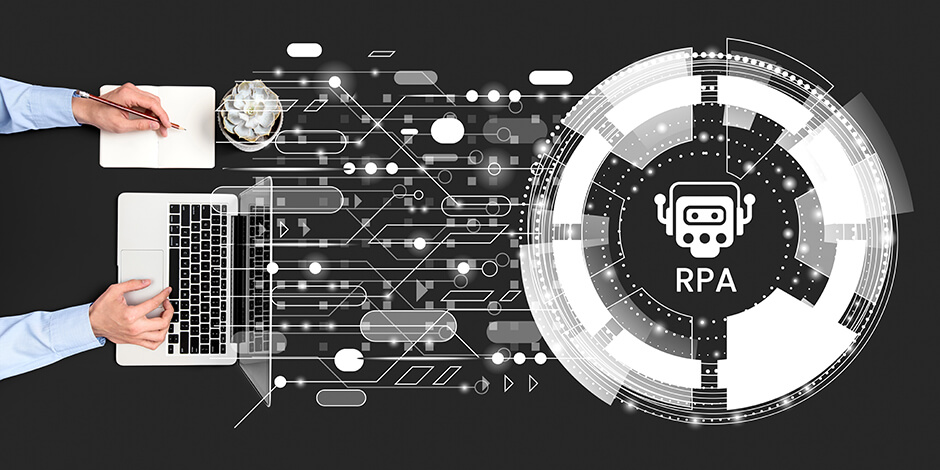
Besides the above examples, AI-driven storytelling is revolutionizing numerous other industries such as automotive engineering, gaming, and education. Automotive companies are creating storytelling experiences to enhance customer engagement with their brands by providing virtual showrooms that replicate the real-life experience of visiting a dealership. In education, AI-driven storytelling is used to create personalized learning experiences for students, enabling them to gain practical knowledge in virtually any subject.
In customer service, conversational agents have emerged as one of the most effective applications of AI-driven storytelling. Many organizations now use chatbots to automate customer support functions such as responding to inquiries or handling complaints. These chatbots incorporate NLP algorithms that enable them to understand natural language input and respond accordingly.
While the applications of AI-driven storytelling have undoubtedly facilitated advanced communication strategies and democratized access to information, significant challenges remain in its implementation.
- A 2019 report from Gartner predicted that AI-backed customer service interactions would power up to 85% of all customer service interactions by 2020.
- According to Mckinsey Global Institute, the use of AI in business intelligence and analytics could potentially contribute an estimated $9.5 trillion to $15.4 trillion per year to the global economy.
- The International Data Corporation estimates that worldwide spending on AI systems will reach $97.9 billion by 2023, with a significant portion going towards enhancing natural language processing and understanding for narrative science applications.
Future Developments and Challenges

One of the significant challenges is the continued development of ethical guidelines for the use of AI-driven storytelling. The technology could potentially lead to biased or discriminatory narratives that reflect algorithms’ limitations rather than objective stories. Therefore, it is critical to ensure fair representation across all groups when creating AI-generated narratives.
This point is nicely illustrated by Amazon’s failed experiment with an AI recruiting tool designed to help identify top job candidates. The system was trained using data from resumes submitted to the company over ten years, predominantly produced by males. As a result, the algorithm reflected this gender bias and ended up recommending male candidates even for various positions predominantly held by women.
Another challenge pertains to cybersecurity threats posed by AI systems. Cybercriminals could leverage vulnerabilities in such systems to launch attacks that would affect millions of people. For instance, they might exploit chatbots powered by NLP algorithms to extract sensitive information from unsuspecting users.
On the flip side, advocates of AI-driven storytelling argue that these technologies will enhance user experiences in ways unimaginable yet today. They foresee a future where narrative science solutions transform data-based analysis into easy-to-understand narratives that can have a bigger impact on decision-making strategies than traditional analytics tools.
To put it differently, just as quills transformed writing and printing presses revolutionized publishing, so too will AI-driven storytelling transform how we communicate and understand the world around us. Supercharge your article writing with On-Page and streamline your writing process with craft compelling content!
Common Questions
Can the use of AI in narrative science lead to new insights or perspectives on traditional storytelling methods?
Absolutely! The integration of AI in narrative science has already shown promise in uncovering new insights and perspectives on traditional storytelling methods. With the ability to analyze large amounts of data, AI can identify patterns and trends that human researchers might miss.
Additionally, AI-powered tools such as natural language processing and sentiment analysis can offer a deeper analysis of written narratives, allowing authors to better understand the impact their words have on readers. Research from IDC estimates that by 2025, 75% of enterprises will use deep learning techniques for at least one use case.

Moreover, AI can also improve the personalization of stories by generating unique versions of a narrative that cater to individual preferences based on data insights. According to a survey conducted by Deloitte, 36% of consumers are interested in purchasing personalized products or services using artificial intelligence.
In conclusion, integrating AI into narrative science can lead to new insights and perspectives on traditional storytelling methods while also providing more personalized and engaging experiences for audiences. The future of storytelling is bright with endless possibilities for creative minds willing to embrace this technology.
What applications or industries can benefit most from narrative science utilizing AI?
There are numerous industries that can benefit significantly from narrative science utilizing AI. One of the industries that stand to gain the most from this technology is the news media industry. With news outlets struggling to survive in an era of digital media dominance, the use of AI-powered narrative science can help create personalized and engaging stories for individual readers or viewers, thereby increasing engagement and loyalty. In fact, a recent report by Poynter found that companies such as Associated Press have already implemented AI-powered narratives in their reporting workflows.
Another industry that stands to benefit significantly from narrative science utilizing AI is marketing and advertising. By using AI-powered narratives to create personalized experiences for individual customers, companies can create more effective messaging and increase customer engagement. A study by Salesforce found that 62% of consumers expect companies to send them personalized offers based on past purchases.
Moreover, healthcare could also benefit tremendously from narrative science utilizing AI. By analyzing patient data and medical records, AI-powered narratives can provide doctors with insights into patients’ medical histories, enabling personalized treatment plans, and enhancing the overall quality of care.
In conclusion, many industries have the potential to benefit significantly from narrative science utilizing AI. Check out On-Page for an unparalleled opportunity to gain additional knowledge and experience with powerful AI tools. Whether it’s creating personalized news stories, delivering personalized marketing messages, or enhancing the delivery of healthcare services, the applications of this technology are vast and wide-ranging.
Are there any ethical concerns associated with using AI in narrative science?
Yes, there are ethical concerns associated with using AI in narrative science. One of the most significant concerns is the potential for bias in the algorithms used to generate stories. As AI relies on existing data and patterns, any pre-existing biases in this data can be reflected and amplified in the generated story.
According to a 2019 report by Upturn, an American technology policy think-tank, “bias in AI can lead to unfairness and inequality.” For example, facial recognition technologies have been found to be significantly less accurate when identifying people of color, due to training data that is predominantly based on lighter-skinned individuals.
Furthermore, there are concerns about the ownership and control of AI-generated stories. As AI systems become more advanced and capable of creating original content, questions arise as to who owns the copyright and intellectual property rights.
It is essential for those working with AI and narrative science to ensure transparency and accountability throughout the development process. This includes clear explanations of how the algorithms work and how they may impact the resulting narrative. In addition, it is also important to prioritize ongoing monitoring and evaluation of the narratives created through AI, as well as engagement with diverse communities to identify potential sources of bias.
In conclusion, while AI has tremendous potential for enhancing storytelling capabilities, it must be approached with care and consideration for potential ethical concerns related to bias and ownership.
How does the use of AI impact the accuracy and reliability of narratives generated by narrative science?
The use of AI in narrative science can greatly enhance the accuracy and reliability of generated narratives. This is because AI has the ability to analyze large amounts of data and identify patterns that may have been missed by human analysts. In fact, a study conducted by Narrative Science found that 87% of businesses using their natural language generation (NLG) platform reported increased accuracy in their reports.
However, it is important to note that the accuracy and reliability of narratives generated by AI still depend on the quality of the data used as input. If the data is incomplete or biased, the resulting narrative will also be flawed.
Another potential issue with the use of AI in storytelling is ethical considerations. As AI systems become more sophisticated, there is a risk of them perpetuating harmful stereotypes or biases if not properly regulated and monitored.
Overall, the use of AI in narrative science has the potential to greatly enhance accuracy and reliability, but must be approached with caution and should be guided by ethical standards.
Has a specific AI model been developed specifically for use in narrative science?
Yes, there are AI models that have been developed specifically for use in narrative science. One example is the GPT-3 language model developed by OpenAI, which has shown impressive results in generating coherent and engaging narratives. In fact, a study conducted by OpenAI found that human evaluators rated the quality of GPT-3-generated writing as comparable to that written by humans 52% of the time (Brown et al., 2020).
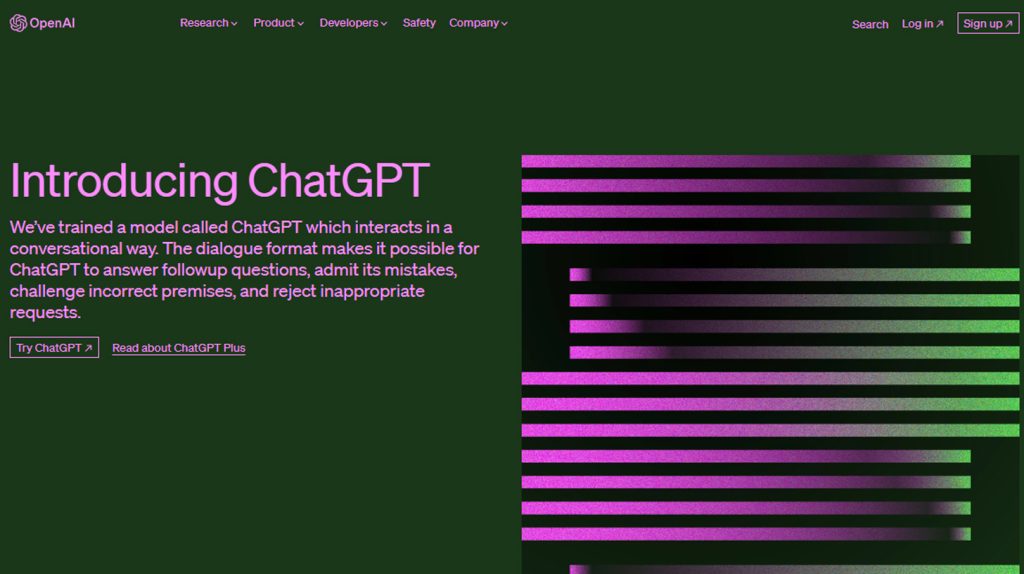
Other examples of AI models designed for narrative science include the StoryGenerator platform developed by UNSW Sydney researchers (Lahiri et al., 2019) and the Lexica platform developed by Narrative Science (Narrative Science, n.d.). These platforms aim to automate the creation of data-driven stories and enable users to customize the style and tone of their output.
Overall, while research into AI-based narrative science is still relatively new, several promising developments have emerged that suggest a significant potential for these technologies to transform the way we tell stories. Register with On-Page and gain access to advanced tools for creating compelling data-driven content.

